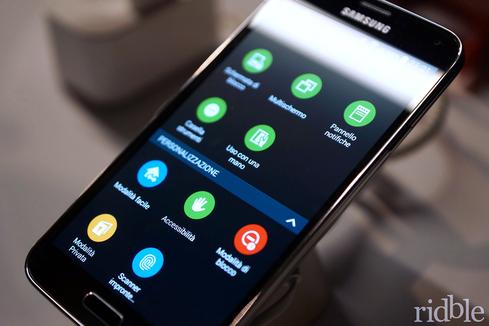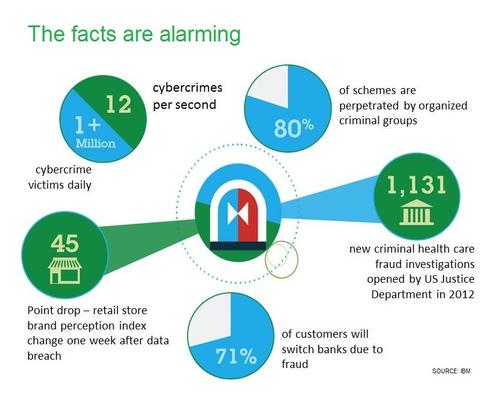Samsung calls early sales brisk for new smartphone, which costs $256 to build. By comparison, 32-GB iPhone 5s costs Apple $207 to manufacture.


10 Ways To Fight Digital Theft & Fraud
10 Ways To Fight Digital Theft & Fraud (Click image for larger view and slideshow.)
"The Galaxy S5 is selling faster than the S4 so far, though it's difficult to share specific numbers as we're still at early stages." Those are the words of Yoon Han-kil, senior vice president of Samsung's product strategy group, who offered some thoughts to Reuters in a wide-ranging interview. The Galaxy S5, Samsung's flagship smartphone for the year, went on sale April 11 in 125 countries. "S5 sales should be much better than the S4," Yoon predicted.
Samsung had hoped to sell more than 100 million Galaxy S4s last year. It fell far short of that goal, which is why the company is pitching the Galaxy S5 as a back-to-basics device. Rather than going overboard with high-technology, Samsung opted to make the phone waterproof and improve the quality of the materials and manufacturing. "With the S4, we thought smartphones shouldn't just focus on hardware. They also had to come with a lot of software and services, and that line of thinking did lead us to cram many services into the device," Yoon said. "We still feel the same way but this time around, we decided not to put in so many things and only include what the user really needs, so I cut out a lot of services and software."
Most major wireless network operators, including AT&T, Sprint, T-Mobile, US Cellular, and Verizon Wireless, are selling the GS5 in the US. Pricing ranges from $25 per month through an installment plan to $200 with a contract or $649 at full retail.
Samsung's focus on the hardware bumped the cost of the GS5 up when compared to the GS4. IHS iSupply estimates the Galaxy S5 (32-GB model) costs Samsung $256.52 to manufacture. This dollar figure includes the bill of materials and the assembly costs, but not engineering, software, shipping, or marketing costs. By way of comparison, the 32-GB iPhone 5s costs Apple $207 to manufacture. Samsung is paying almost $50 more to make each GS5. Samsung believes volume will make up for the higher bill of materials.
[But does Samsung make glasses? Read Google Glass: 5 Reasons I Won't Buy.]
The most expensive single component is the GS5's display. The 5.1-inch panel, which offers full HD resolution, costs a whopping $63, or 24.6% of the total. The processor-memory-storage integrated circuit is a combined total of $107. The processor is the latest from Qualcomm, a Snapdragon 801 with four cores at 2.5 GHz each, but IHS didn't say how much these three components cost individually. Together, the 16-megapixel main camera and 2-megapixel user-facing camera cost $18.70. The battery costs $11, the Bluetooth and Wi-Fi module costs $9, assorted PCBs cost $5, the heart-rate monitor costs $1.45, and other individual parts total $41.
"The S5 exemplifies a conservative evolutionary design approach," said Andrew Rassweiler, senior director, cost benchmarking services for IHS. "There are no revolutions or giant steps forward in this design. There's a lot of similarity and commonality between the S5 and other recent Samsung smartphones IHS has torn down, such as the Galaxy Round and the Note III. However, there are many small changes throughout the design."
Samsung clearly hopes the small, evolutionary changes add up to big sales. The company probably won't offer a specific number of unit sales until they cross 10 million. It took the Galaxy S4 one month to surpass 10 million. Samsung's Yoon thinks the GS5 will reach that benchmark faster.
What do Uber, Bank of America, and Walgreens have to do with your mobile app strategy? Find out in the new Maximizing Mobility issue of InformationWeek Tech Digest.
About the Author(s)
You May Also Like







